A Pikler Triangle, also known as a Montessori climber or climbing triangle, is a popular Montessori-inspired climbing triangle designed to help babies and toddlers develop their gross motor skills and strength.
A 9-month-old toddles along the sofa, trying to grab the soft cushions to hold her steady. However, the cushions are tricky to hold on to. It would be much easier for this little one to grasp the rungs of a Pikler triangle.
Infants and toddlers are naturally driven to build their gross motor skills. They have a deep need to become independent. This leads them to pull themselves up to a standing position. Young children crawl onto and over low objects and teeter along furniture well before they can stand unsupported.
These activities help them get stronger and more stable, building control over muscles and movement. So, what if there were a wooden toy that helped children through this stage of gross motor development and beyond?
That toy is the Pikler Triangle. In this post, learn the answer to “What is a Pikler Triangle?”, whether or not this toy is safe, and how it can benefit your child.
What Is a Pikler Triangle?
Hungarian pediatrician Dr. Emmi Pikler created the Pikler triangle or Pikler climber. She designed a simple climbing frame to support independent gross motor development.
Shaped like a triangle, the stable structure features a series of rungs that children can grasp and climb on. With a wide base and low rungs, children who are in the early stages of crawling and standing can grasp the lowest rung and pull themselves to a standing position.
Many Pikler triangle sets also come with a fun climbing wall or slide. This way, as babies grow into toddlers, they can work on more advanced motor skills such as climbing.
Is The Pikler Triangle Safe?

By design, the Pikler triangle supports safe and independent gross motor development. The wide base and sturdy structure ensure children can't tip it over. Plus, our Pikler triangle set is non-toxic and meets strict safety regulations. The wood is also sanded smooth to avoid splinters.
Giving babies the opportunity to independently build body awareness, strength, and coordination is essential. As your child develops these skills, they learn what is safe and what is too risky as they become more mobile. They also learn the limits of their bodies while they are still on the ground, when the consequences of falling are small.
Keep in mind that hands-on helping of a child who cannot climb independently is actually riskier for the child. Your help prevents them from learning the limits of their own body and can create expectations that you’ll save them if they slip. They are more likely to limit risks if they have the opportunity to learn their limits.
When creating a space for indoor gross motor development, you can increase the safety of the Pikler Triangle. Here's how:
- Place the Pikler Triangle on a carpeted floor or play mat. Ensure there's ample clear space around and underneath.
- Supervise your child as they use the climbing triangle. Allow them to explore the Pikler triangle independently without hovering or assisting and observing instead.
- Instead of saying, "Be careful!", help your child recognize dangerous situations with descriptive language. For example, "Watch where you put your foot," or "That looks like a high jump."

Introducing a Pikler Triangle
The best time to introduce the Pikler Triangle is when your child can crawl. Your child may be eager to practice pulling up and crawl up stairs or on other furniture.
The Pikler Triangle serves this stage of development perfectly. Plus, it's a safer alternative for climbing activities than the couch, chairs, shelves, countertops, and other household furniture.
The Pikler triangle is also great fun for older children, up to about age 6. They can also use the Pikler climber for imaginative play. For example, show your child how to place a blanket over it to turn it into a tent. Or, pretend the structure is a mountain to climb.
Place your Pikler triangle set in the playroom, your child’s nursery, or the living room. Our Pikler triangle conveniently folds up for easy storage when not in use.
Pikler Triangle FAQs
Find the answers to some commonly asked questions about the Pikler Triangle.
What Age Is a Pikler Triangle for?
The Pikler triangle is ideal for babies starting at around 6 months, or when they begin to crawl. Every child develops at their own pace, so use your best judgment when introducing this toy.
Toddlers and young children also enjoy the Pikler Triangle up to about age six. Be sure to check the weight limits on your specific model. Our Pikler is safe for children up to 132 pounds.
Are Pikler Climbers Worth it?
Absolutely! This wooden toy helps young children build confidence and encourages creativity and imagination. The climber is also a great toy for siblings to enjoy together.
What Are the Benefits of a Pikler Triangle?
Pikler triangles offer a unique opportunity for children to explore their gross motor skills. When climbing, children need to practice problem solving skills such as deciding where to place their foot or how to navigate the peek. Climbing also helps children build coordination and strength. Additionally, climbing provides great exercise, which is important for brain development and cognitive function.
Which Is the Best Pikler Triangle?
The best Pikler Triangle on the market features high-quality materials. Additionally, look for fun additions such as a rock climbing wall or slides and ramps. Our Pikler Triangle Set is made from FSC® birch plywood and New Zealand pine wood. Additionally, it features a combination rock wall and slide.
Greenguard Gold Certified, our climber has been tested for over 10,000 chemicals and passes the most stringent emission standards. Our Pikler is safe and will protect your indoor air quality.
How To Support Independent Gross Motor Development with the Pikler Triangle
Through independent play, you can support your child's physical development. Here's how:
- Allow your child to initiate the movement and succeed (or fail). This will help your child learn about the way their body moves and the consequences of certain movements. When they move independently they will do only as much as they are capable of. As their skills and coordination improve they can climb higher.
- Your presence should be observant and reassuring, but should never push them to do more than they are comfortable with.
- Follow your child's lead. Babies instinctively work toward independence by crawling and then walking. Instead of propping your baby into sitting or standing positions, allow your little one to develop these skills independently.
- Help your baby by providing an environment that is inviting and enriching. Encourage tummy time and offer opportunities for them to reach for interesting objects. Your baby might enjoy crawling under the Pikler triangle to find a toy, or reaching for the rungs to stand.
The Pikler Triangle is an excellent choice if you'd like to support and encourage child-led learning. An environment rich in opportunities for exploration sparks curiosity and encourages movement. Children are naturally eager to move around, so all you have to do is provide the space to make it happen!
How will you use your Pikler triangle? Let us know how you plan to use the Pikler triangle in your home below.

Sources:
1. Michigan State University Child & Family Development
2. NIH National Library of Medicine: International Journal of Environmental Research and Public Health
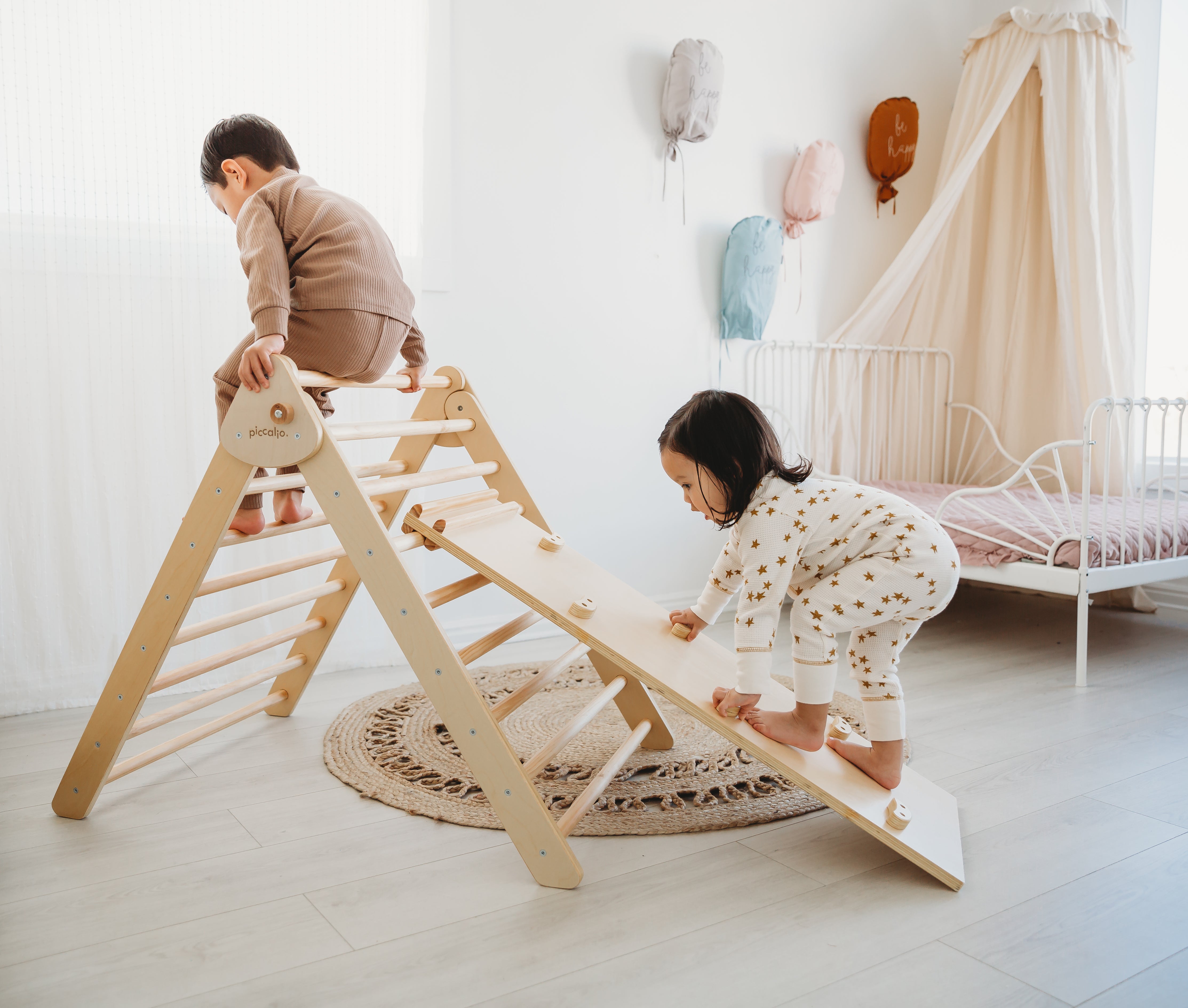

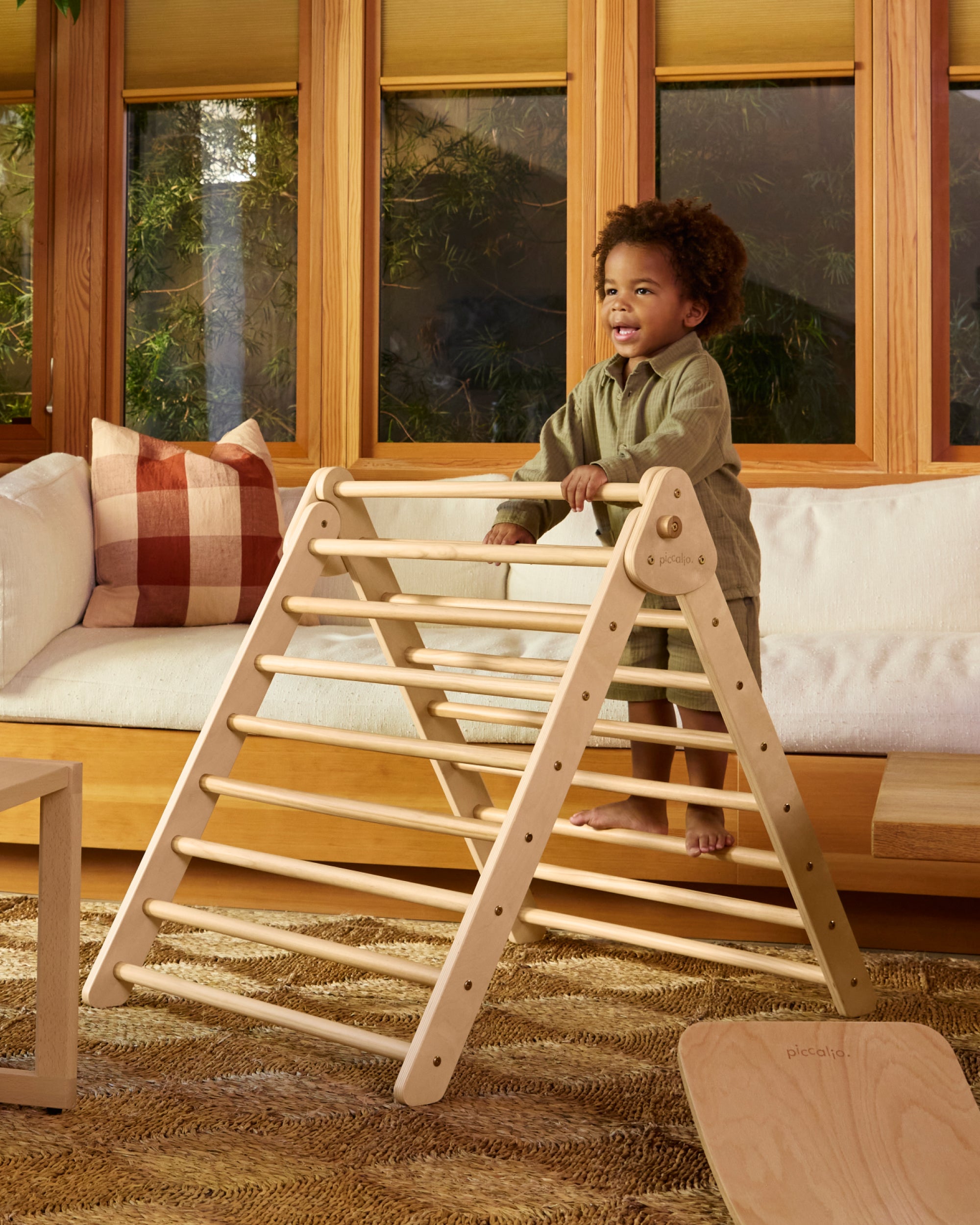
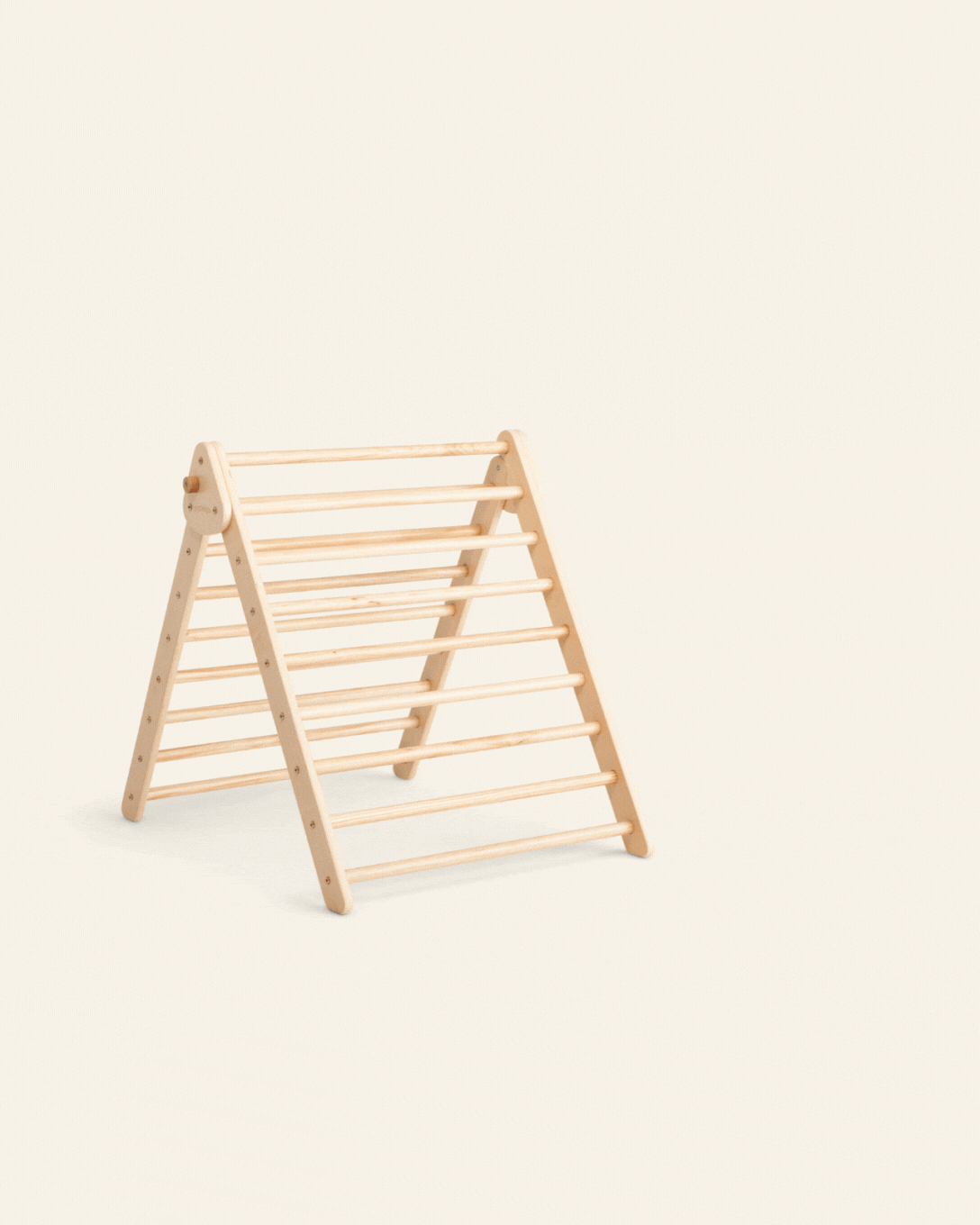
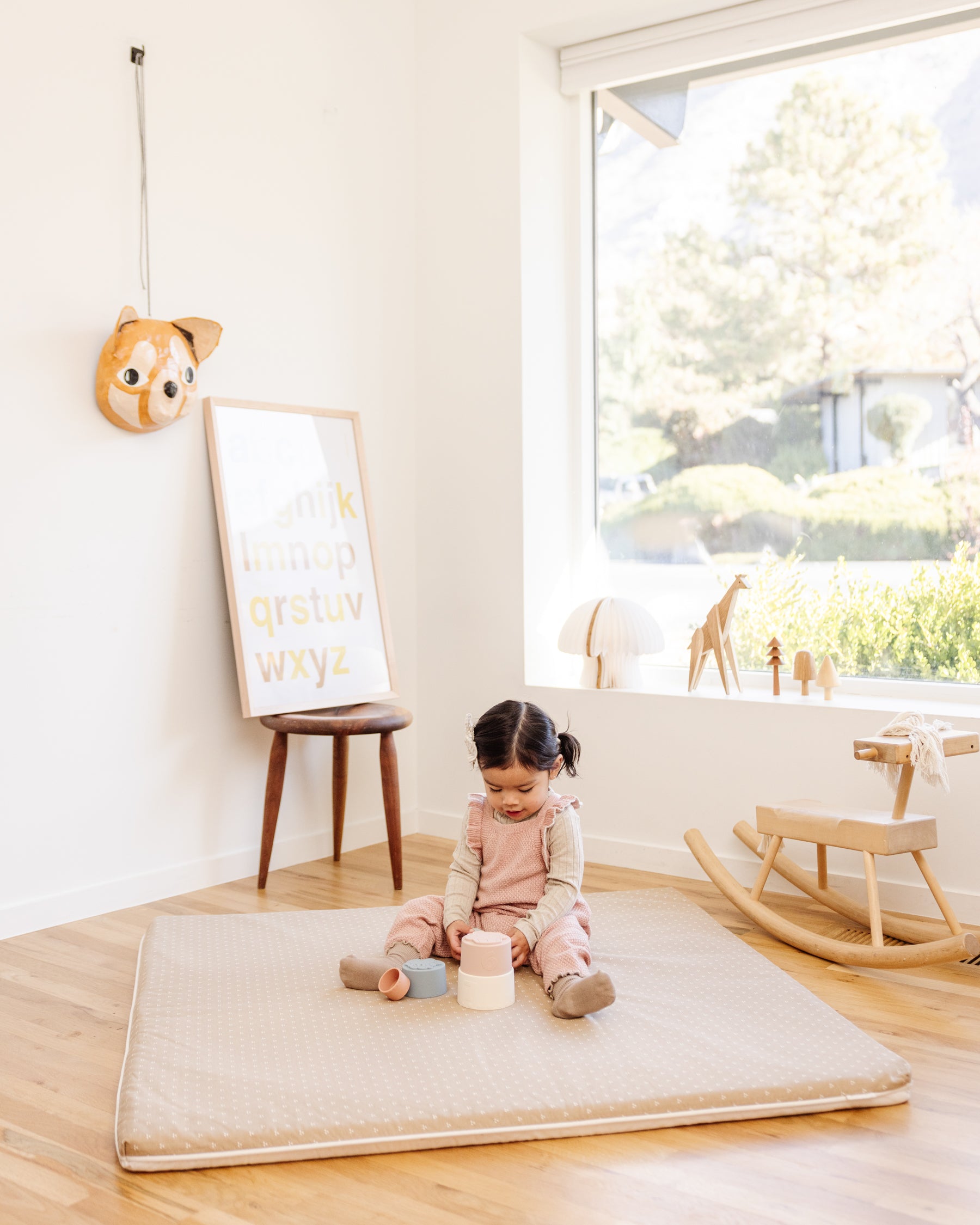
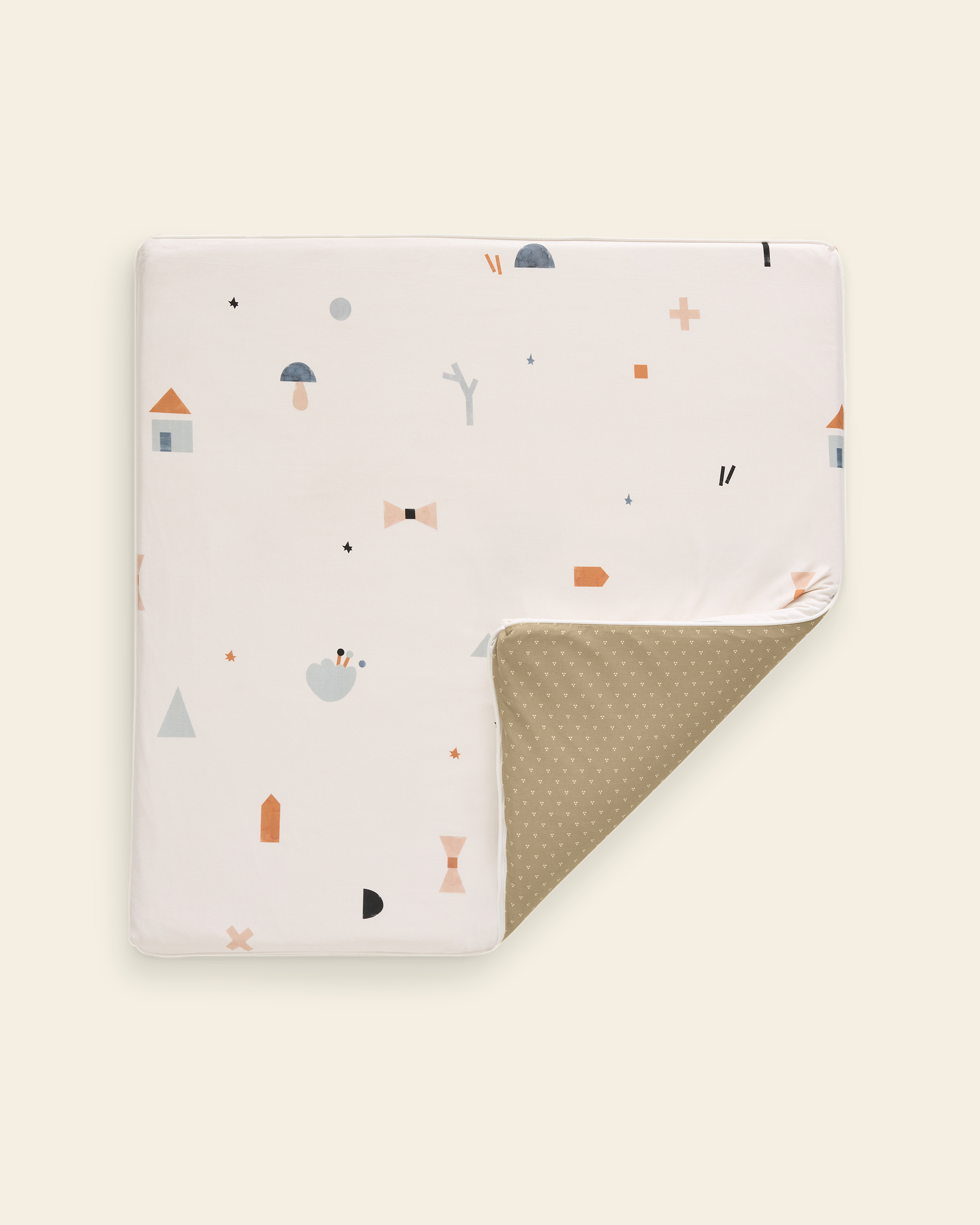
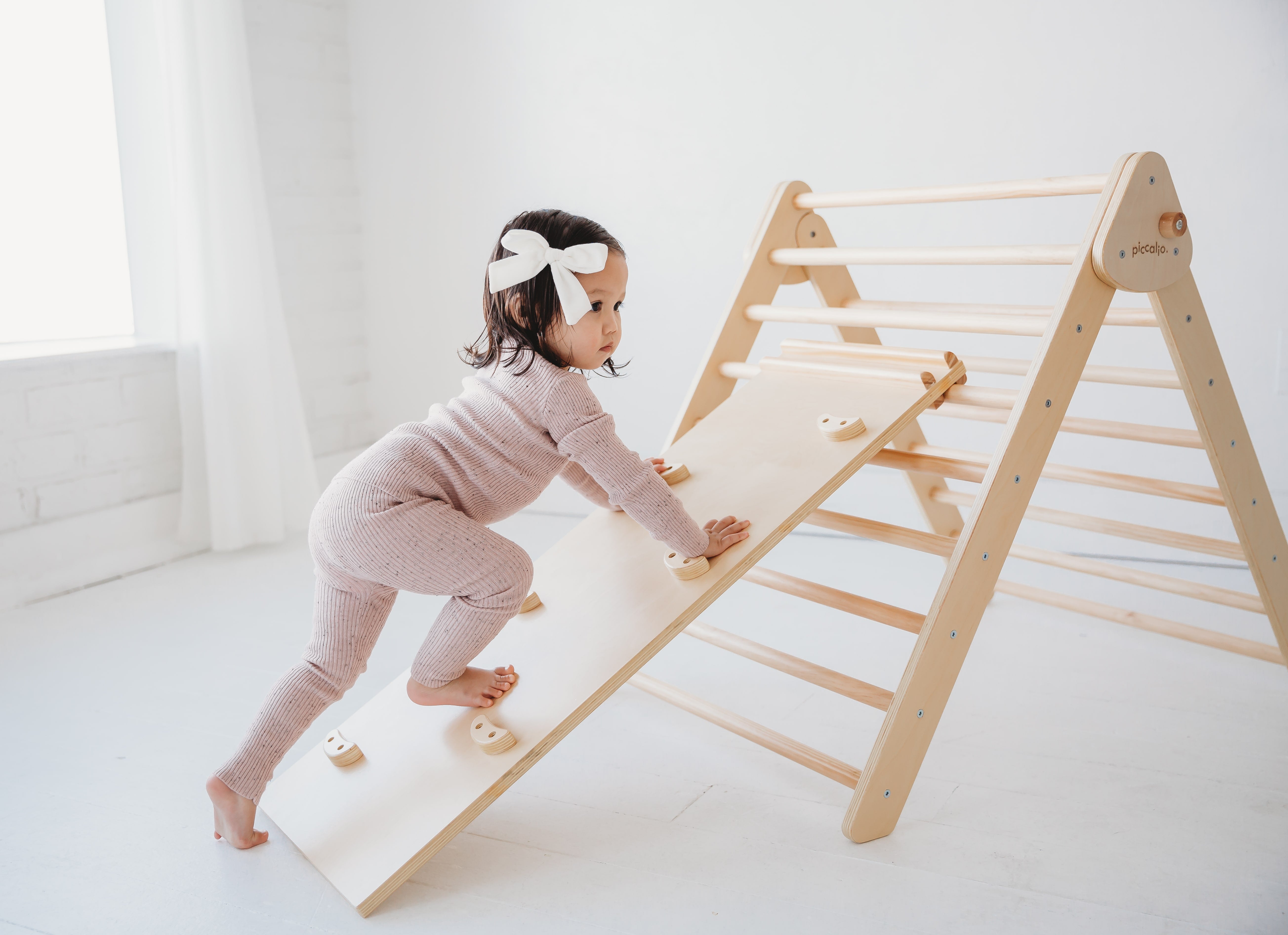
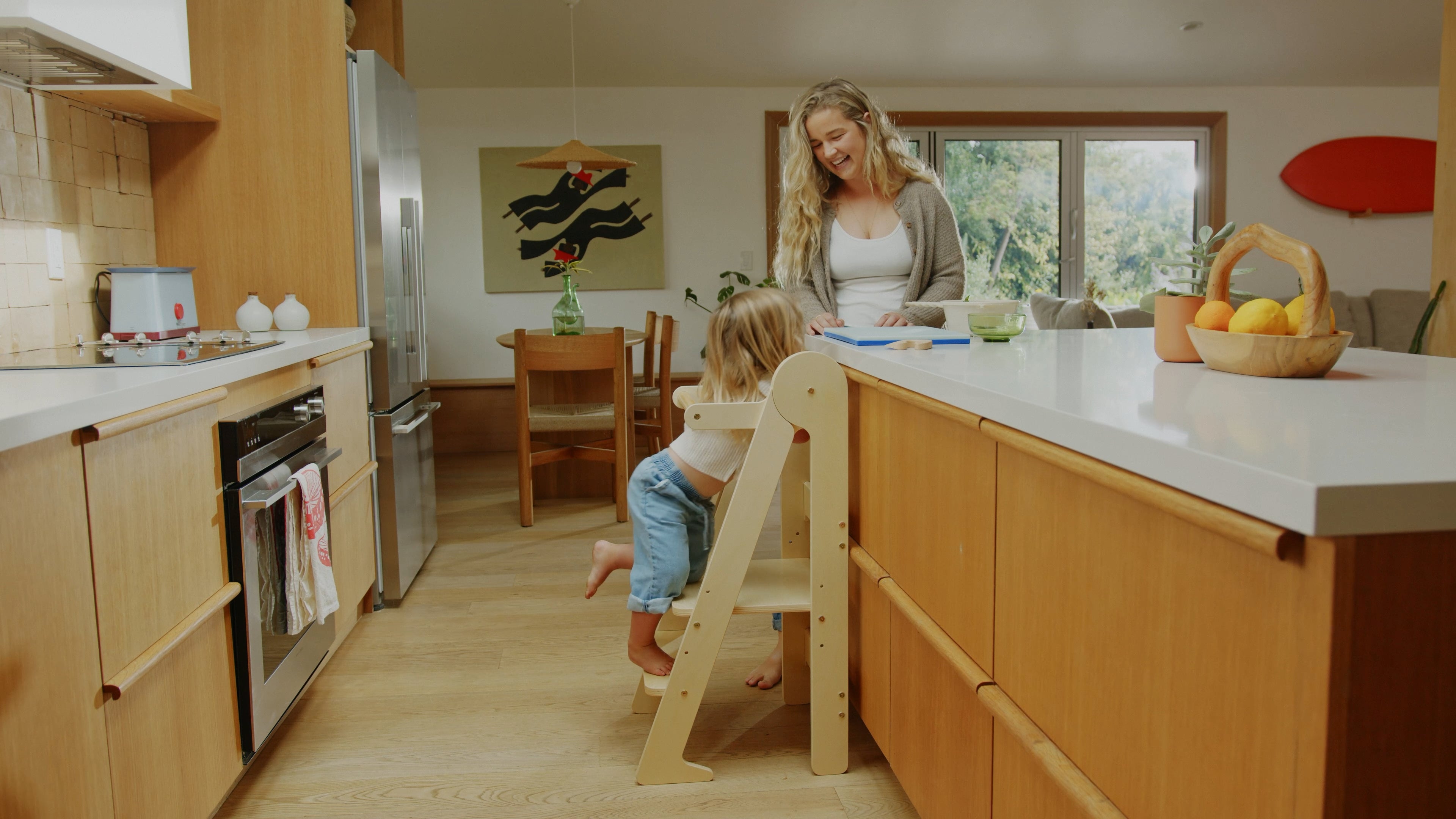
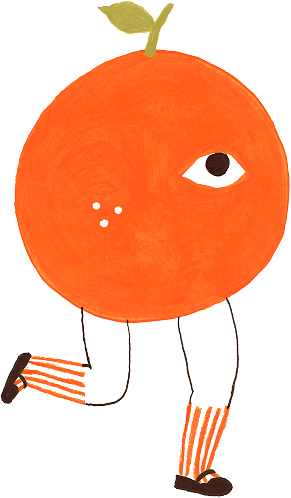
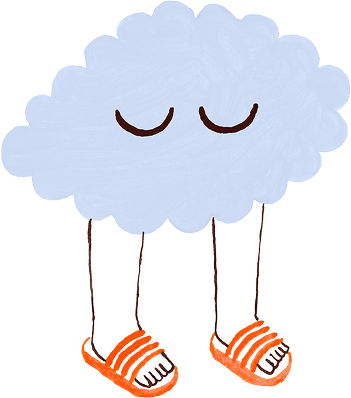
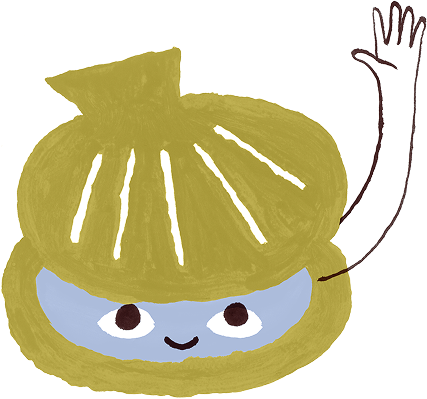
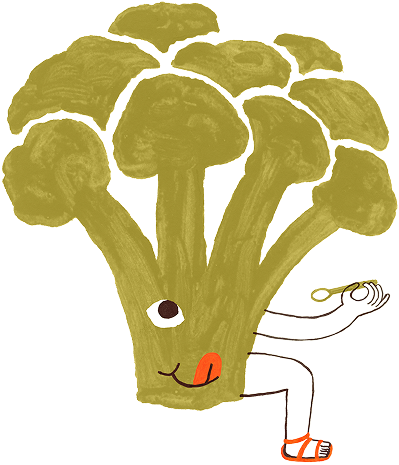
Leave a comment
This site is protected by hCaptcha and the hCaptcha Privacy Policy and Terms of Service apply.